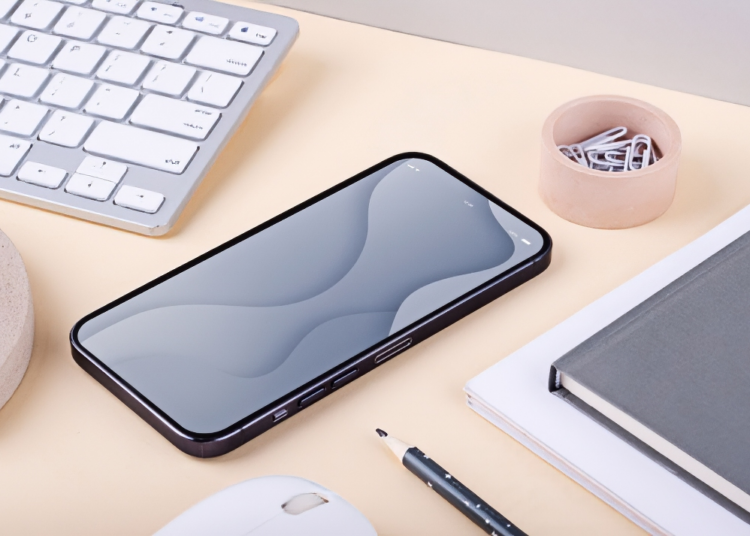A phone can make day-to-day life a bit smoother without any grand effort. It carries tools to secretly repair small frustrations that often go unnoticed. With precision, comfort, speed, and security that feel natural, each feature is crafted with care. A small device that can store information, secure information, and eliminate superfluous steps from the most mundane tasks. The results seem straightforward, but the systems that make them work are well-crafted for efficiency.
Simplest Tools Sometimes Do the Most
Small digital comforts often have the biggest impact. Saving login details, keeping contacts in one place, or remembering preferred payment methods all reduce effort. Having these bits of information stored safely on a phone makes tasks feel smooth. Accessing bank accounts, streaming services, or online platforms becomes faster because the phone remembers what the user already set up.
Security systems are important for safety, especially those that handle sensitive data like online gambling sites. When logging into an online casino, systems such as Inclave ensure that information is protected through verified identity management. Access with your Inclave account becomes safer because you don’t have to remember a number of passwords or recover forgotten ones. The process works hand in hand with the passcode protection of the phone, creating a strong layer of safety.
Technology That Is Waiting for You
Some of the smartest features of a phone eliminate one of the most exhausting parts of a day: waiting on hold. Modern phones can perform that function automatically. When a call reaches a support line, the device waits until someone joins the call. Once the call has reached the appropriate time, the screen comes on to alert the user. That saves precious time since there is no need to sit with the phone pressed to the ear through endless hold music.
This feature works because the phone recognizes sound patterns within the call. One identifies the end of background loops and the start of a human voice. This turns waiting time into doing time, and that makes long calls seem less demanding. The whole process occurs naturally with the help of intelligent software that detects changes in audio.
A Personal Filter for Each Call
Unknown numbers often resulted in guessing games of whether to answer or not. Phones have built-in systems now on them, which is a kind of smart assistant. When an unknown caller is on the phone, the caller automatically answers the phone using voice recognition software. The caller’s response is displayed in text on the screen.
This is a feature that is based on clear language analysis. It transcribes the speech in real time so the user can have a read of what the caller says before speaking directly. Spam calls rarely get through, as the phone knows how to spot patterns of fake messages. This type of filtering allows the user to have control back over their experience, turning down things that they don’t need when they don’t want to be interrupted while still keeping the connections they do want.
Everyday Life with an Indispensable Digital Memoir
Parking lots and crowded places may make it confusing to find a parked car. Phones get around their lack of an inertial measurement unit by marking the last known location automatically. When the device disconnects from Bluetooth or CarPlay, it saves that spot. Later, when the map app opens, there is a pin at the location exactly where the car stayed.
This feature also works quietly without extra effort. It makes use of built-in location services already present in the system. The phone monitors the connection and then stores the coordinates when the connection ends. That piece of information can save you from being frustrated after a long day or an unfamiliar trip. Technology here appears to be serving a very simple purpose: taking out the minutiae of small uncertainties that tend to waste time.
Creating Stunning Pictures that Look Easy
Taking a group shot rarely results in a great photo. Someone is typically blinking or looking away. Modern-day phones tackle that problem using image replacement technology. When there are a number of similar photos, the phone offers switching one person’s face from another frame. The end result is natural appearing, as if every person smiled simultaneously.
The system is based upon advanced pattern recognition. It compares all of the faces captured and then highlights which variation matches the best with the lighting and angles. Editing is just easy since the suggestions are right there in the photo app. The process allows the picture to remain real, yet eliminates imperfections that result from timing or movement.
Using Ordinary Sounds to Type Text
When a sound is heard in the area like a doorbell, beeping of an appliance, or someone talking from an adjoining room, the phone can recognize and transcribe it as text onto the screen. It can be useful when wearing headphones or when focusing on something else.
This process is performed through the classification of sound and speech recognition. This phone measures patterns of the audio, assigns them to different sources, and labels them accordingly. Some machines can even highlight words or names as they are recited.
The Power Hidden in Plain Sight
Every tool described has a single purpose: to take effort out of tasks that previously required attention. Phones no longer just serve the purpose of calls or messages. They retain memory, protection, and awareness that go along with everyday actions. A well-designed system makes little actions into huge improvements.
The smoothness of these tools accounts for their strength. They run quietly without taking attention away from what is really happening. Simplicity becomes the greatest luxury and technology becomes the background rhythm that keeps everything in order. A phone can make life easier by resolving the unnoticed details that had slowed down the day.


















































































